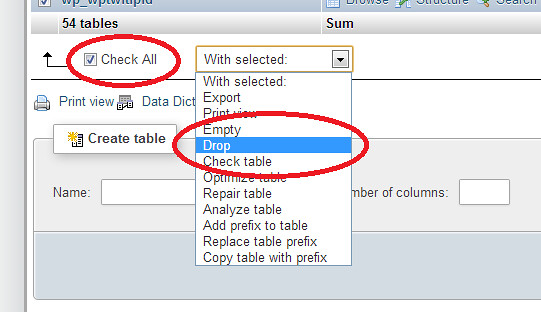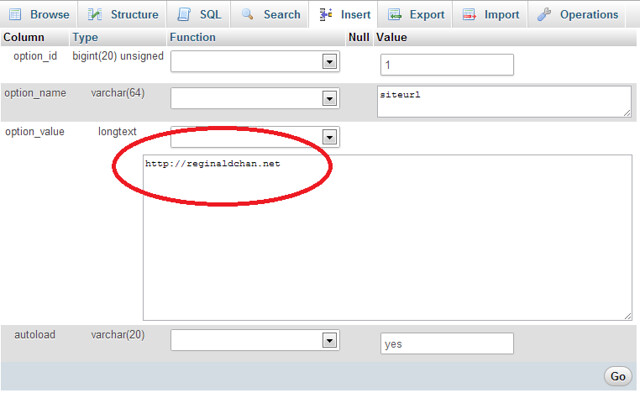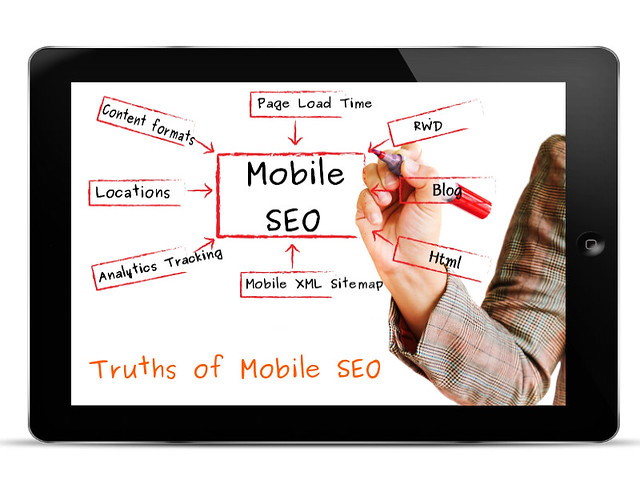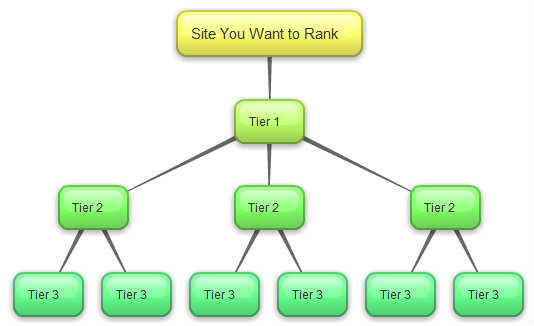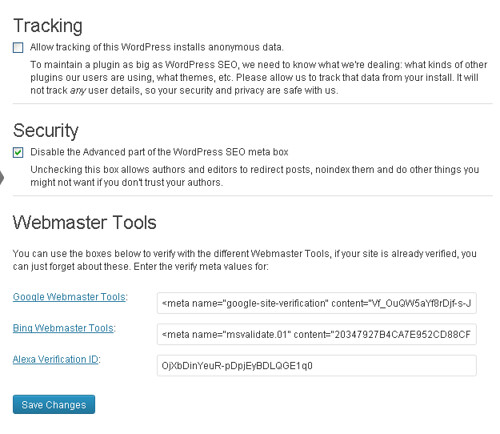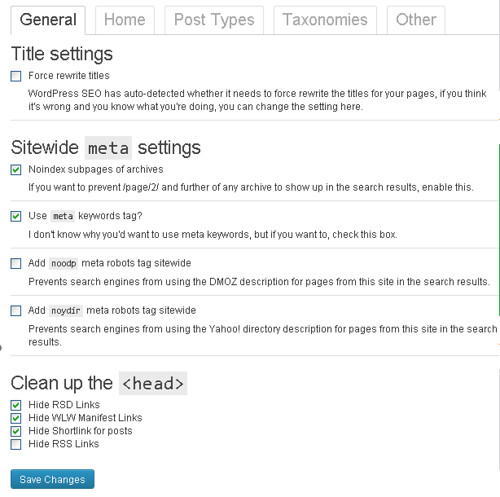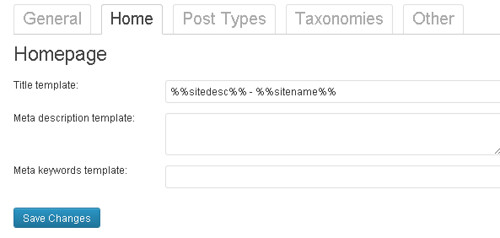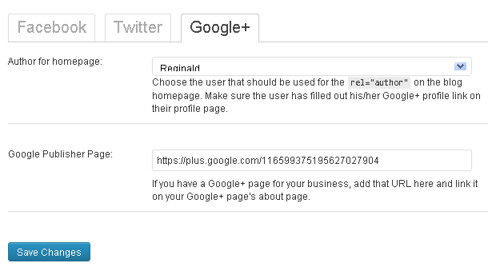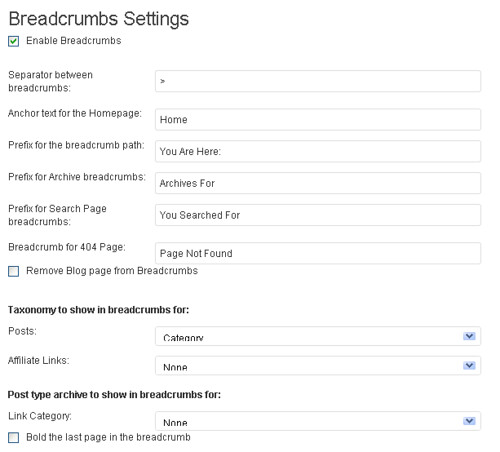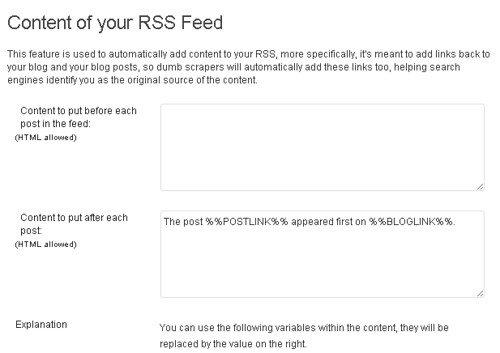You have plans to dominate the search engine page results and so do the rest of the 160 million blogs out there as we speak. With the ever changing SEO industry, the least you could do is by optimizing your website. Yes, this means that optimizing not only your root domain but every post and pages you have on your site.
With all these Google update changes being rolled out, there are something in SEO just doesn’t change such as the basic, on-page and off-page SEO. If you have no idea what SEO is all about, this article could be a very good refresher training for you, Learning basic SEO in 521 seconds.
So, what is on page SEO and off page SEO? Allow me to explain in this short podcast below:
How to optimize website with on page and off page SEO?

What are the on page SEO checklists?
On-page SEO means techniques that you could use to optimize your website; something you can physically and virtually control. Though some of these methods are very tedious, they play a huge role when it comes to determine your site’s ranking.
1. Choosing the right keyword
Choosing the right keyword is important for every blog post. For instance, choosing a high competition keyword could easily means 6 months of struggle to hit page 1 on Google while choosing a low competition keyword could generate very low traffic for you which is not good for ROI.
Keyword research is all about searching for untouched and untapped long tail keywords. For example, while the keyword ‘˜blogging’ could generate several millions search queries and having a high competition, you could use the term ‘˜best blogging tricks’ as a long tail keyword.
This keyword doesn’t only have a lower competition count but it also has a higher chance of getting a better targeted audience.
If you are interested to try on a free tool for keyword research, you should read this, Turning Google Keyword Planner into a premium keyword research tool.
Alternatively, you can use the famous Long Tail Pro for accurate and quick keyword research.
Find out why so many marketers are using Long Tail Pro for keyword research.
2. Keyword density

Do you or do you not use keyword density? I know for the fact that popular SEO tools like SEOPressor recommends focusing on keyword density.
I could totally see the logic behind this as it is all about making your blog readable and not over-optimized.
According to Search Engine Journal, keyword density of 8% is excellent and doesn’t seem spammy, if you have a 500 word article, then 40 of those words should have variances of the search term you are targeting, if this seems excessive, lower the keyword density down to 5% and you will only need to add 25 variances/instances of your keyword.
Personally, I try to make sure that my focus keyword isn’t exceeding the 4% mark and the balance for my secondary keywords (if any). Having too high density of keywords could easily make your blog post unreadable and is definitely not a good move to ‘court’ your visitors.
3. Using the proper alt tags for images
I know a handful of bloggers who doesn’t practise this and trust me ‘¦ you need this if you ‘˜talk SEO’. Alt tags for images are important to ensure that search engine crawlers (particularly Google) understand what those images are all about.
Optimizing alt tags for images is relatively easy as you need to focus on several factors such as:
- Avoid using the same keywords for the Title and Alt Tags
- Alt tags must be short and catchy (most importantly precise
Here’s a great article written by Ann Smart in regards to the topic; Image Alt Tags vs Image Title.
4. Heading tags
Have you ever used the H2 to H4 heading tags on your blog? If you have not used it, then you should do!
Basically H1 are meant to for your website logo and your blog title while H2 to H4 should be used to classify the sub categories.
If you are wondering how many heading tags you should be using per blog post, no one really knows the answer. Basically, avoid over using it and it should work just fine.
Alt tags are great especially when it comes to highlighting an important topic or category. Using it wisely and you will be able to attract your readers to read more while overusing it will easily kill the attention.
5. Building internal and external links
Link building is basic SEO 101 and this is important. While it is always good to have more links pointing back to your domain, you still need to focus a lot on building internal backlinks.
For example, Matt Cutts talked about how PageRank score is transferred properly with proper pyramid style. Watch the video below:
Now tell me, does this make any sense to you?
The biggest mistake done by bloggers is not sharing their internal links. Sharing proper links between posts will ensure that PageRank and Page Authority ranking will be shared and distributed among the rest of the posts.
Don’t have time to redo all the backlinks or perform internal backlinks? Click here to find out how to put internal backlink on autopilot.
There is no fast way when it comes to build external backlinks in white hat SEO. It takes time and lots of effort to build it. After Google Hummingbird and Penguin 2.1, it is clear that Google focuses on quality backlinks over quantity.
Here are some methods you can build quality backlinks:
- Guest posting
- Commenting
- Trackbacks
6. Crawlers and bots accessible
This is probably a no brainer but it is important when it comes to website indexing. You need to ensure that your website is accessible by crawlers and bots and this can be done easily.
Firstly, you need to check if your site has a robots text and type ‘˜yourdomainname.com/robots.txt’ without the symbols. If the page loads, it means that you have a robots text file in your database. If you do not have one, fire up your Notepad and save an empty .txt file as ‘robots.txt’. Upload the file and you would have a robots.txt now.
You have two options here when it comes to the content of the file. It can be empty or with specific permission. With specific permission, you could ‘˜tell’ the bots to crawl your post but not your admin page.
In order to do, copy and paste the code into the robots.txt and save it.
Recommended read: Learn the inside of Google search for a better indexation.
7. Meta data, markups and schema helps ranking your site better
You probably have 100 high quality articles on your site with proper backlinks but you are getting less than 100 organic traffic.
Help! What did I do wrong and why Google hates me?
Search engine crawlers are not human and thus, (at times) they could not understand our blog posts. In order to solve the issue, this is where meta data, markups and schema which come into play. For a naked eye, there could be no difference but in the eyes of crawlers, those markups are all the difference!
The below are some examples of markup data which can be tested with the Google Rich Snippet Tool.
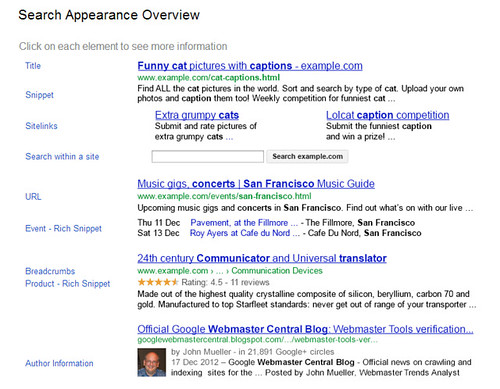
To further understand these terms, here are some resources you could refer to:
So, what if you hate codings but still want these godly markups? You can try check out WP Social SEO Booster Pro which allows you to enable all these features in less than 10 minutes flat (I did that in just under 5 minutes).
For those who are using Genesis Framework, microdata markups and HTML 5 are done automatically in the theme.
What is off page optimization means to you?
If on-page SEO is SEO techniques we can control, off-page SEO is the total opposite. While off-page SEO is usually indirect traffic booster, there are still methods that we can practice in order to further optimize website.
1. Contribution of social media SEO
Some call social media as the next big thing in SEO. The concept of social media SEO is when an article get published and shared around, it increases the article value.
In terms of search engine optimization, this type of article should rank better than the rest due to popularity.
The trick to gain more social signal is simple and in most cases, building a shareable article. While there are no proven theory on how an article go viral, the chances are always better for an article which has a high share-ability value.
If you have yet to start using social media, you can use this guide to give you a kick start; 3 steps to build social media automation.
2. Become an influencer yourself
Influence plays a huge role in off-page SEO.
Let’s take an example of Ana Hoffman’s popular post, 202 Bite-Sized Tips To Insanely Increase Your Blog Traffic. It was shared over 400 times on Twitter, 200 times on Facebook and 80 times on Google+.
So, what was the recipe behind this virality?
I would call this influence. Now, Ana is a guru when it comes to traffic generation and she is already a household name for many including me. When she blogs, she really blogs. I mean … she REALLY do that extremely well. Every post is well researched, linked out properly and accompanied with case studies which I really dig into it.
When you mix all those quality, you are one step closer into becoming an influencer in your own niche. This means that when you talk, people are listening and this makes all the difference.
Don’t ever underestimate the power of influence as with the proper influence market, you can build a strong social media presence and indirectly, increasing your website ranking.
The moral of the story is simple; If you want to be an influencer, make sure that you know what you are talking! Get the facts right and start gaining your visitor’s trust.
3. Unique content above everything else
Nearly everyone in this blogging industry talks about quality content and its advantages. However, they are missing out something important which is … uniqueness.
Unique content usually stands out of the crowd because it is ‘¦ yes, unique.
The term ‘˜unique’ is very vast and therefore, it can as simple as providing epic content, catchy titles, case studies and even mesmerizing results.
Here are some examples:
- How to increase Google+ traffic?
- Generate Google+ traffic with 3 simple steps
- 5 steps to explode your Google+ traffic
- How I increased Google+ traffic over 700%?
When it comes to unique titles, the first and second are totally out of the game as the title is not catchy enough. Now, the third one is pretty good as the word ‘˜exploding’ added quite a punch to it.
The last one is the clear winner. Imagine reading the title and are you convinced to click on it? Trust me that 80% will feel it is some sort of ‘˜scam’ and 20% might actually believe it straight out of the box. Out of these, I would say majority of them (both sides) will definitely be clicking the title to the read it; On one side, they are hoping to see how far the article goes while the other side want to know how it was really done.
I got to admit that the 700% was pretty a killer. It doesn’t make much sense but the data speaks up to it. Either way, I have basically created (what I call) ‘¦ mini virality.
Check on the link below to see what I am talking about.
Bookmark this if you want to know how I increased by Google Plus traffic over 700% in just 5 days!
Now tell me, do you agree or disagree?
4. Are you mobile optimized?
Responsive design is already a part of off-page SEO one way or another. If you are not using it, you got to use it ‘¦ immediately!
Still not convinced? Here are some serious stats for you to digest:
According to Woman In Business (About.com), there are over 250 million users logging into Facebook through their mobile devices. Source.
60% of US smartphone shoppers purchase products or services at least monthly. In fact, a majority of smartphone shoppers across the 6 countries studied (US, UK, France, Germany, Spain, and Japan) purchase on their device at least monthly. Source.
It is no denial that responsive design or mobile optimized is needed when it comes to off-page SEO. Google likes it and your visitors would love it. Imagine searching for a specific information on a mobile responsive website is much easier (especially when it comes to navigation) compared to a non mobile optimized website.
In today’s world, by not having a mobile responsive design could easily mean lots of disadvantages. Most readers are not patient enough to zoom in and out when it comes to reading an article. So, make it easy for them to navigate through your site and show them what you got to offer.
If you are looking for great themes, look no further as these are my recommended WordPress themes.
The real deal about optimizing website
Focusing solely on on page SEO will not make the cut in today’s world. If you want to start ranking on search engine result pages, you need to start optimizing your website with both on page and off page SEO.
As easy as both of them sound, it does take a lot of time and effort to get them done. The trick here is to have a balance of both the SEO strategies.
So, what do you think about this article? Tell me what you think using the comment form below and if you like it, please share it on social media too!
Related: Click here if you are looking for a true SEO company for Malaysian






